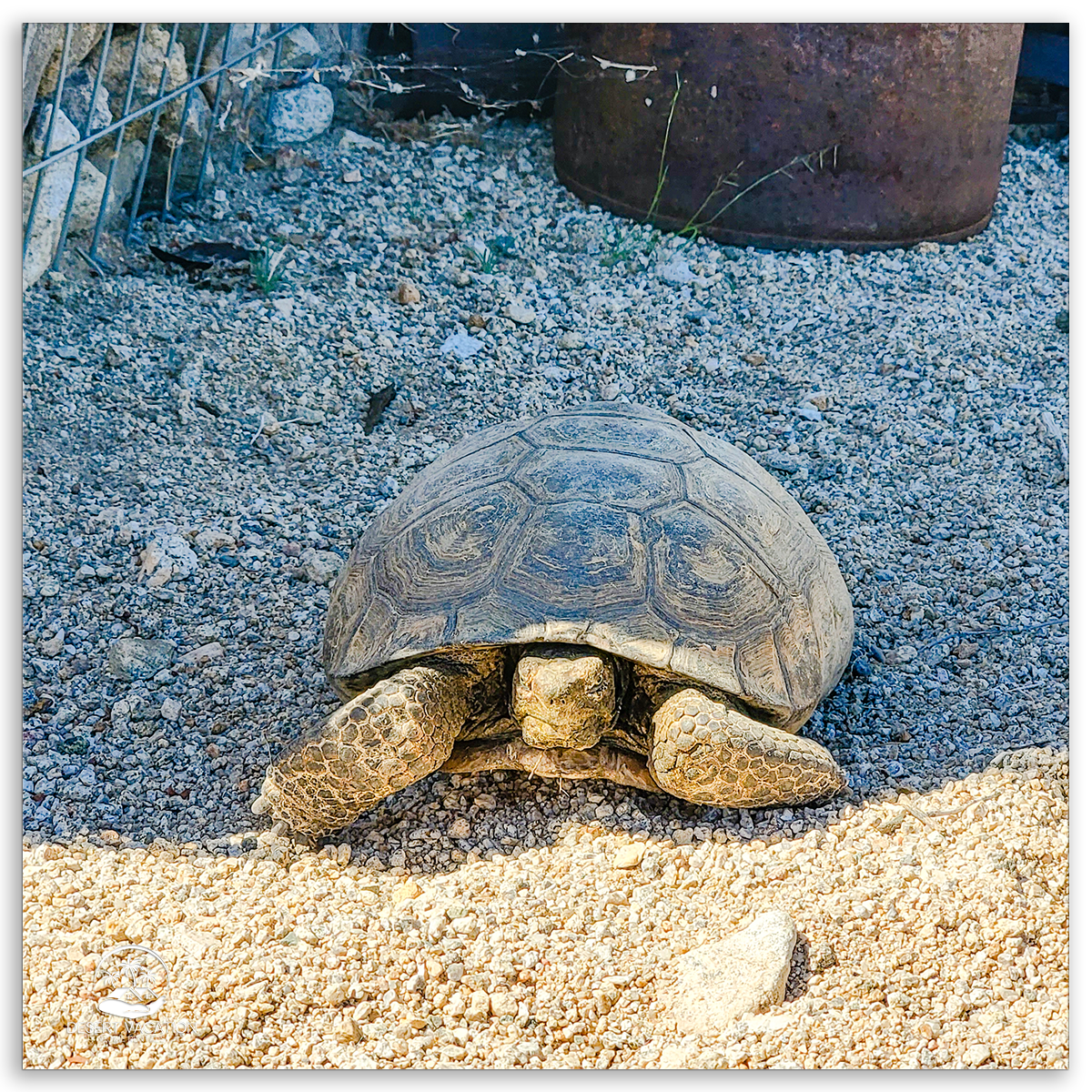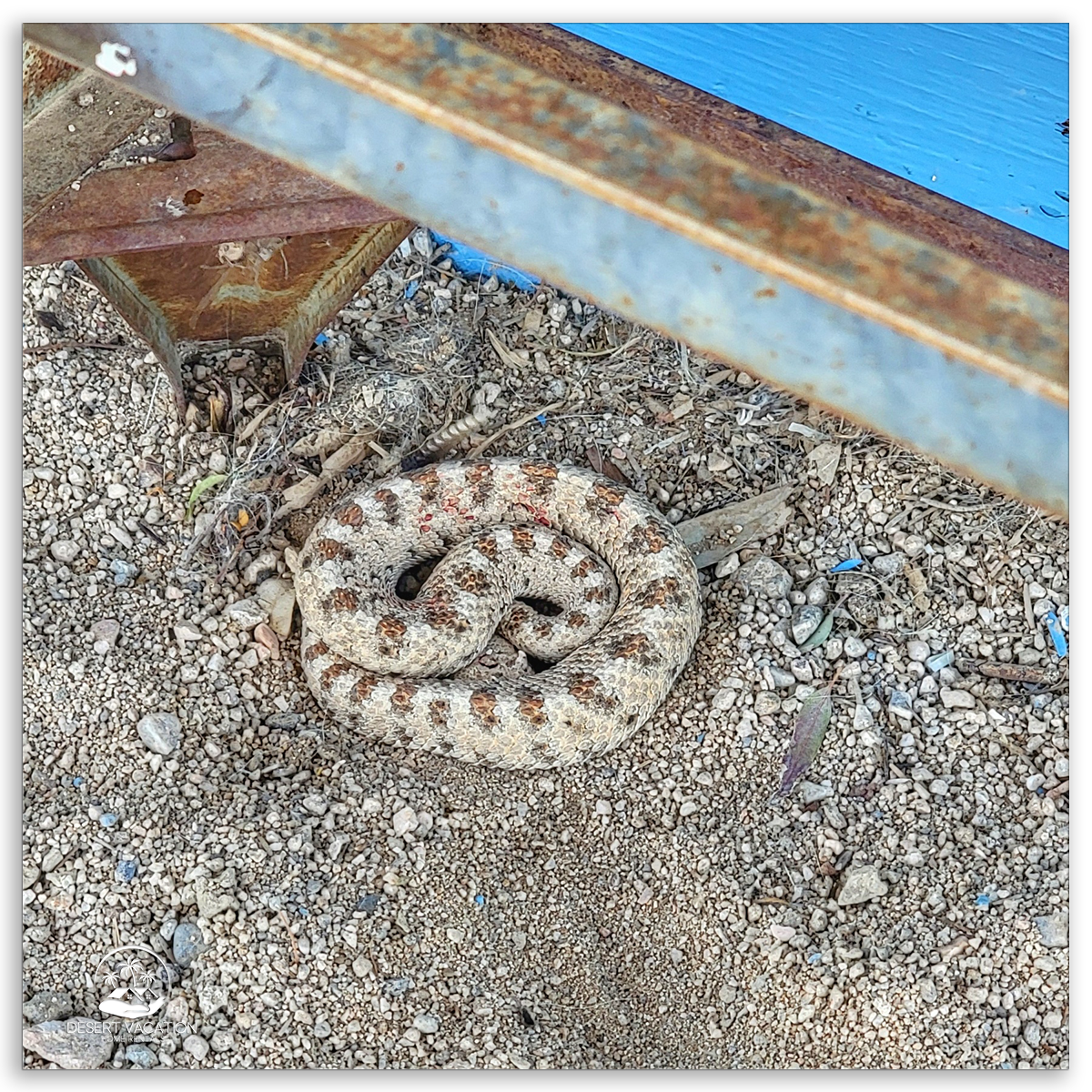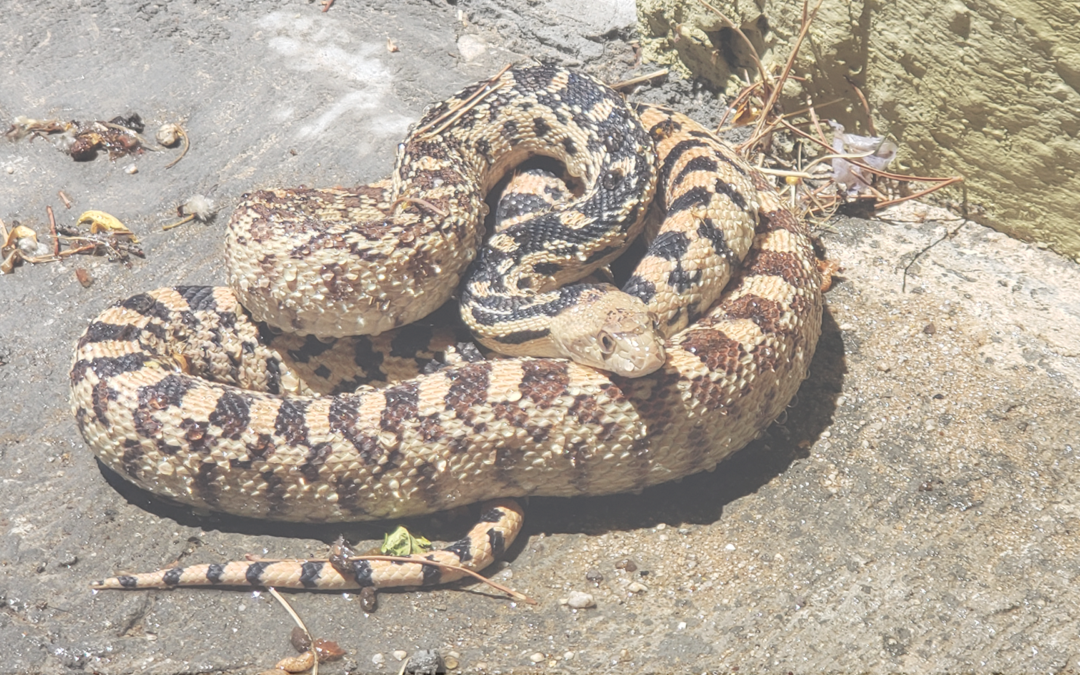Introduction: Desert Wildlife
The desert landscape might seem barren at first glance, but it is teeming with a diverse array of desert wildlife, each species uniquely adapted to thrive in this challenging environment. From the gentle giants like tarantulas to the stealthy slither of a rattlesnake and the cunning gaze of a coyote, my years here have been filled with remarkable encounters. Accompanied by images I’ve personally captured, I’m excited to share the stories and visuals of these incredible creatures that I have encountered right here in their natural habitat.

The Desert’s Gentle Giant: The Tarantula
While their large size and hairy bodies may startle some, tarantulas are non-aggressive and primarily feed on insects, helping control pest populations. Their burrowing habits also play a crucial role in aerating the soil, promoting plant growth. Fascinatingly, during mating season, the male tarantula must approach the female with caution to avoid being mistaken for prey.
One October, at Onaga Oasis in Joshua Tree, I stumbled upon a tarantula during its mating season. Tarantulas, despite their daunting appearance, are gentle creatures. Watching this “gentle giant” on its quest for a mate was a serene reminder of the quiet dignity of desert wildlife.
Desert Sleuth: The Gopher Snake
This harmless snake mimics more dangerous species by flattening its head and hissing, deterring predators without needing venom. Gopher snakes are vital for controlling rodent populations, which helps prevent the overgrazing of vegetation crucial for the desert ecosystem.
The gopher snake featured in the photo calls Cactus Adobe home. In May 2020, the homeowners had friends staying who spotted the snake behind the dryer on the covered patio. I climbed onto the dryer to photograph it from above and then used a water hose to encourage it to move on. It eventually left the area, never bothering the guests again.


The Desert’s Ancient Navigator: The Desert Tortoise
Known for their hard, domed shells, desert tortoises spend up to 95% of their life in burrows, which offer protection from predators and extreme temperatures. These burrows can also be used by other animals, providing essential shelter for various species.
I have come across a few desert tortoises over the past seven years. This particular tortoise calls Roadrunners’ Roost home. Observing this creature as he moved about the property was such a treat, a reminder of the timeless pace of nature.
Sky Scavengers: The Migrating Turkey Vultures
These birds have a highly acidic stomach that allows them to safely consume bacteria-ridden carrion. Their migratory patterns are influenced by thermal air currents, which they use to soar high above the ground, conserving energy while scanning vast expanses of desert for food.
From my front yard, overlooking Indian Cove, I captured several turkey vultures one morning as they circled the area and landed on my fence. I raced inside to grab my “big girl” camera, a Sony A7IIIR, to capture these birds of prey. We normally only see them when they are migrating south for the winter.


Sun Bathers of the Sand: Desert Iguanas
Desert iguanas are primarily herbivorous, feeding on flowers, fruits, and leaves, which are rich in moisture. This diet helps them stay hydrated in their dry habitats. They are also excellent climbers, often found basking on boulders and in bushes to regulate their body temperature.
A large family of desert iguanas has made their home at Cactus Adobe. Several also call Rancho Deluxe home as well. They greet me by bobbing their heads as I pull up, often sunbathing alongside the driveway or finding shade just inside the back gate. I swear they pose for me, becoming a charming part of my routine.
Aerial Acrobat: The Cooper’s Hawk
Cooper’s hawks are medium-sized birds of prey adept at flying through dense vegetation to catch birds and small mammals. Their nests are often built in tall trees, and they play a critical role in controlling the populations of pigeons and other urban birds.
At Dez-Art Retreat, a Cooper’s hawk appeared at the end of May of 2024, taking residence in the pine tree in the front yard. Believed to be a female protecting her young, she has swooped down on people (cleaners, guests, and myself) several times. Afterall, this is their home too. I reached out to California Fish and Wildlife Agency to seek guideance on how to deal with this situation of the hawk attacking people. They are protected so we were advised to leave the hawk alone while the fledglings develop, and it was recommended that we dismantle the nest once she and her fledglings have vacated.


Desert’s Deadly Whisperer: The Mojave Rattlesnake
The Mojave rattlesnake’s venom is a complex cocktail that can immobilize prey quickly, crucial for a predator in an environment where every meal counts. Their distinctive rattle is a warning to potential threats, showcasing an evolutionary adaptation to avoid conflict.
On December 7, 2023, my husband and I encountered a Mojave rattlesnake at my personal home just as we came home. We were alerted by Quincey, one of our livestock guardian dogs of the snakes presence. We were surprised to see them out so late in the season. It had been unseasonably warm so far this past winter, hence why the snake was not in hibernation. There was blood on the rattlesnake, likely from a run-in with one of my kitties, who help keep our rodent population in check. My husband and I found a container to place the snake in to and utilized a shovel to get the snake into the container from a distance. We relocated the snake a few parcels over from ours.
This was not the first Mojave green rattlesnake I have encountered at home. A few years prior to that, I had just exited the shower and was still in my bathrobe when one of my son’s told me their was a snake on our patio where our dachshunds like to rest. In my bathroom with no glasses on, I grabbed my long handled scooping dustpan and a broom, swept the junior rattlesnake into the dustpan and then proceeded to walk out into the desert in my bathrobe and slippers to relocate the snake.
The Speedsters of the Sand: Jack Rabbits
With their oversized ears, jack rabbits can release excess heat, crucial for survival in hot desert climates. Their incredible speed and agility make them difficult targets for predators such as foxes and eagles.
Jack rabbits are everywhere, so fast and always a blur. A local wildlife photographer, acquainted with me, has captured battles between them on his property near the western entrance to Joshua Tree National Park. Their speed and agility are breathtaking. Cactus Adobe also has several families of jack rabbits residing on the property. Guests love the variety of wildlife they can enjoy from the backyard of the home.


The Resilient Rover: Tripod the Coyote
Coyotes are known for their adaptability, intelligence, and varied diet, which includes fruits, snakes, fish, and small mammals. Tripod, the three-legged coyote, exemplifies the survival spirit, adapting his hunting techniques to thrive despite his disability.
On March 1, 2023, during an unexpected snowstorm, I was exiting Joshua Tree National Park near Roadrunner’s Roost when I saw several cars stopped. Slowing down, I noticed the three-legged coyote known as Tripod. With my professional camera packed away, I quickly grabbed my cell phone to capture a few images. It was such a special treat to witness this resilient local wildlife, reminding me that this desert is as much their home as it is mine.
Conclusion:
These encounters with desert wildlife, from the stealthy rattlesnake to the resilient coyote, illuminate the vibrant tapestry of life that thrives in the harsh desert environment. Each meeting with our wild neighbors not only teaches us more about their intricate world but also deepens our connection to this land. Living here is a daily adventure, filled with coexistence and discovery, as I navigate the presence of these remarkable creatures.

